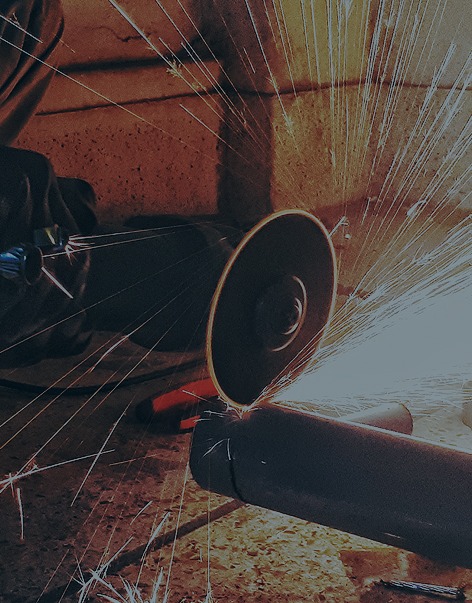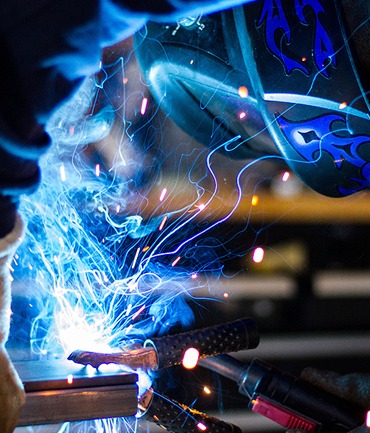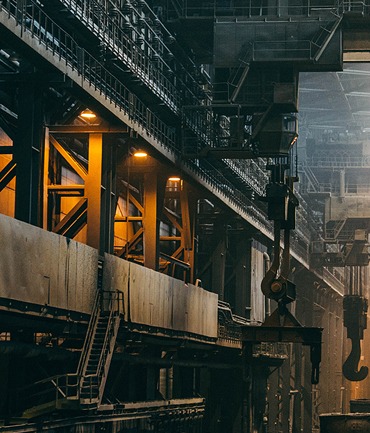This is a surgery in which the unwanted tissues of the alcoholic nose are removed with the help of a carbon dioxide laser. A few long-term medication plans can be offered to patients with an alcoholic nose. But maybe you are reading this, and you admit you’re struggling with drinking too much. If you want to quit drinking but have found that you can’t do it on your own, a treatment program may provide the direction and counsel you need to overcome your dependence or addiction. Whether an inpatient or outpatient facility, either program can help reduce your withdrawal symptoms and overcome the addiction.
What are the Signs of Alcohol Abuse and Addiction?
That’s why our goal is to make rehab accessible through a variety of rehab insurance coverage plans we have on offer. We invite you to learn more about them and let our team help you find the right insurance option for you or your loved one. Check out our blog posts and resource links for the latest information on substance abuse.
How Alcohol Affects Rosacea
The condition develops gradually over time and represents the most severe form of rosacea, a chronic inflammatory skin disorder that affects millions of people worldwide. While the condition can’t be entirely reversed, various treatment options can help manage its symptoms and improve the nose’s appearance. These include medications to control inflammation, laser therapy to reduce redness and shrink enlarged blood vessels, and in severe cases, surgery to reshape the nose.
Why do alcoholics get a red nose?
The association between red nose and alcohol is primarily linked to rosacea, a chronic skin condition, rather than solely being caused by alcohol consumption itself. Alcohol does not directly cause rosacea or rhinophyma, but it acts as a significant trigger and exacerbating factor for individuals who already have or are prone to rosacea. This explains why do alcoholics get a red nose more frequently or experience more pronounced facial redness. When topical medications do not lessen thickened skin, you might need surgical treatment like laser therapy. Medical professionals will remove excess tissue using laser therapy, lessening the symptoms of rosacea what is an alcoholic nose or drinker’s nose rhinophyma and rhinophyma. To ensure proper healing, you need to avoid misusing alcohol to reduce inflammation and facial redness.
Stress Management
- Although alcohol consumption is not a direct cause of rhinophyma, drinking can have an adverse effect on the condition.
- We invite you to learn more about them and let our team help you find the right insurance option for you or your loved one.
- Contact a local treatment center in your area to find out what you need to do.
- Identifying personal triggers is essential in managing the condition effectively.
Regular alcohol consumption may contribute to the progression of rosacea symptoms over time, potentially accelerating the development of rhinophyma in susceptible individuals. However, it’s important to note that many other factors can trigger rosacea, including spicy foods, hot beverages, sun exposure, stress, and certain medications. Rhinophyma is a skin condition that affects the nose, causing a deformed appearance. Men are more likely to develop the disease than women, mainly Caucasian men, though the exact reason is unknown. It’s a myth that rhinophyma – known as an alcoholic’s nose or drinker’s nose – is caused by drinking alcohol.
Associated Medical Conditions
W.C. Fields was a popular U.S. comedian who appeared on stage and in several movies in the first half of the twentieth century. Before starting treatment, each person will undergo an assessment to determine which levels of care and types of treatment would support their goals. Severe alcohol withdrawal symptoms – delirium tremens – can be fatal if left untreated. Quitting alcohol should only be attempted with professional medical advice and support.
Alcoholic nose, or drinkers nose, is a skin condition commonly characterized by a bumpy, red, or swollen appearance of the nose and cheeks. For years, it was widely believed that this condition was caused by alcohol use disorder or alcoholism. However, more recent research has actually determined that alcoholic nose, or rhinophyma, has nothing to do with how much or how little a person drinks.
Alcoholic’s nose or Rhinophyma is a condition in which the nose and occasionally other facial features become swollen and permanently enlarged. At the same time, the nose will likely become redder, bumpy, and completely different in shape. Consulting with a dermatologist who knows you and your situation is best to determine a personalized treatment plan. This treatment plan may include medications, laser therapy, and even surgical procedures. This is why many individuals with rosacea and other inflammatory conditions choose to avoid alcohol or, at the very least, consume it in moderation. At the same time, it’s worth noting that these factors don’t mean you’ll have rosacea.
- Rhinophyma isn’t dangerous, but the changes to your nose can make you feel insecure and impact your mental health.
- This treatment uses targeted beams of light to shrink blood vessels and reduce the size of the nose.
- These have more effect on your circulatory system than other alcoholic drinks and are best avoided if you are worried about drinker’s nose.
- While drinking alcohol is not the root cause of rhinophyma, it can aggravate rosacea symptoms.
- That said, initial research suggests that heavy drinking can make rhinophyma worse if you already have the condition.
Eliminating The Stigma Behind Alcoholic Nose
If a person has an existing rhinophyma condition, alcohol may aggravate it. This allows blood to travel more easily through the vessels, causing a flushed look in the face. Currently, no single thing has been shown as the direct cause of rhinophyma. To explore additional treatment options, you can view editorially selected providers on our site or visit the SAMHSA Treatment Locator. AddictionResource.net, and its parent company Recovery Guide LLC, is not a treatment provider and does not offer medical advice or clinical services. This advertisement is clearly marked and is separate from our editorial content.
If your rhinophyma is more advanced, laser therapy may be a worthwhile treatment option. Lifestyle changes are a crucial component of managing rosacea and preventing its progression to rhinophyma. Consistency in these practices can lead to long-term improvements in skin health. Surgical interventions are usually considered when other treatments have failed. These procedures can significantly improve the appearance and function of the nose but require a recovery period.
Additionally, heavy alcohol use can also dehydrate the body, including the nasal membranes, making them more fragile and prone to bleeding. If you have a purple nose and engage in heavy alcohol consumption, your drinking could be the factor that is triggering rosacea. Seeking help for your alcohol use disorder could lessen the symptoms you are experiencing, bringing your purple nose back to normal. The social stigma related to alcohol abuse and alcoholic nose highlights the social pressures and barriers that still exist for those with substance abuse issues.








